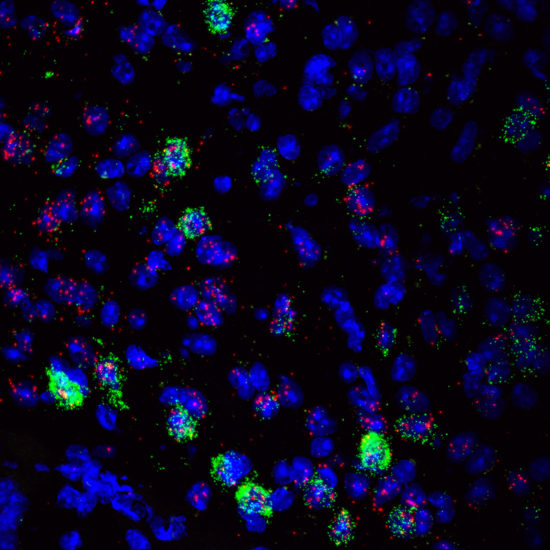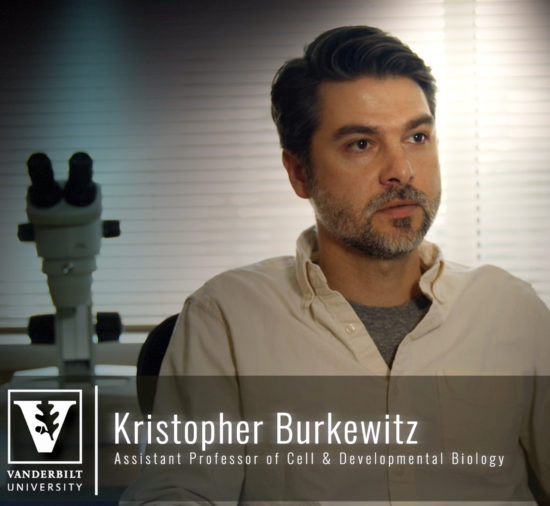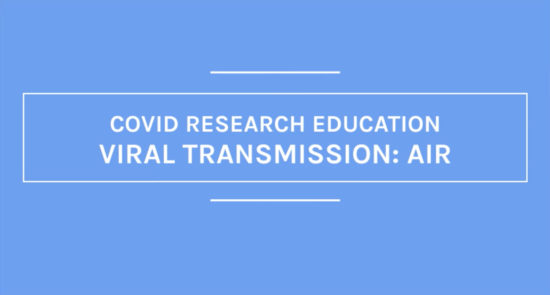NEWS
Faculty support for Black Lives Matter

Following a recent town hall on critical and supportive conversations about racial injustice facilitated by our dean and associate deans, Basic Sciences faculty made the decision to publicly show their support for their Black colleagues, trainees, and fellow human beings. They arranged an informal, off-campus protest for Saturday, June 6, and showed up at Broadway and 21st with signs supporting Black Lives Matter and encouraging passersby to break their silence. Many faculty and trainees showed up, all of them in masks and doing their best to physically distance from one another, over the course of the morning and afternoon. The faculty hope that by showing their individual support to anti-racism efforts, others will see that they are open to learning about injustices and that they are committed to creating an inclusive environment in their professional lives as well.
Graduate student demonstration
On Friday, June 12, over 70 graduate students from across campus held a demonstration in support of BLM and #BlackintheIvory, a hashtag where Black academics share their stories of casual, overt, and systemic racism in academia.
VUMC Day of Silence for Black Lives
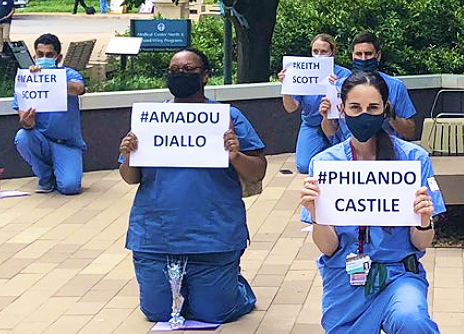 House staff from the medical center organized a socially distant, peaceful demonstration of support for Black Lives Matter on June 10. From 7:30 AM to 4:30 PM, over 1,100 volunteers rotated in and out, kneeling in remembrance of George Floyd, who died last month, and other Black people who have died at the hands of police. You can see photos of the event here, here, and here and on VUMC’s Twitter account. House staff from the medical center organized a socially distant, peaceful demonstration of support for Black Lives Matter on June 10. From 7:30 AM to 4:30 PM, over 1,100 volunteers rotated in and out, kneeling in remembrance of George Floyd, who died last month, and other Black people who have died at the hands of police. You can see photos of the event here, here, and here and on VUMC’s Twitter account.
Merrikh recognized by the Blavatnik Family Foundation
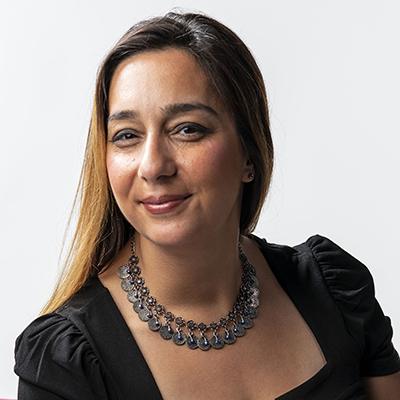
Houra Merrikh (Biochemistry) has been named a finalist in the Life Sciences category of the 2020 Blavatnik National Award for Young Scientists. The 2020 Blavatnik Award is the world’s largest unrestricted prize for early-career scientists. As a finalist, Merrikh will be inducted into the New York Academy of Sciences.
Chazin receives Armstrong Mentoring Award
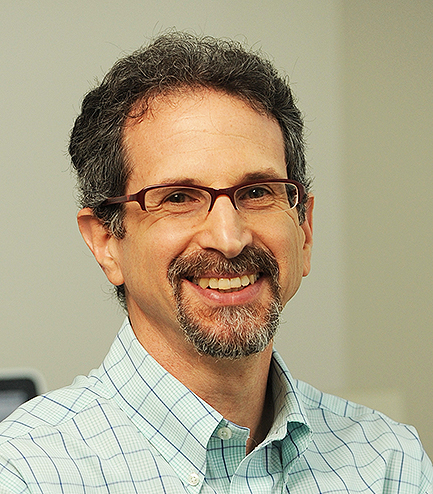 Walter Chazin, professor of Biochemistry and director of the Center for Structural Biology, has been awarded the Richard Armstrong Mentoring Award, presented by the Department of Biochemistry. Walter Chazin, professor of Biochemistry and director of the Center for Structural Biology, has been awarded the Richard Armstrong Mentoring Award, presented by the Department of Biochemistry.
Recent fellowships
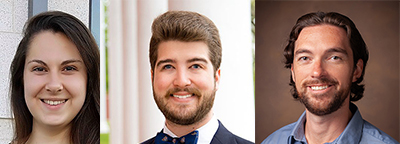 This month, we’d like to give a shout out to the following trainees: Kimberly Thibeault (Neuroscience, lab of Erin Calipari), who received a fellowship from NIDA; Dalton Greenwood (MPI, lab of Jeff Rathmell), who earned a fellowship from NHLBI; and Sam Centanni (MPB, lab of Danny Winder), who was awarded a fellowship from NIAAA. This month, we’d like to give a shout out to the following trainees: Kimberly Thibeault (Neuroscience, lab of Erin Calipari), who received a fellowship from NIDA; Dalton Greenwood (MPI, lab of Jeff Rathmell), who earned a fellowship from NHLBI; and Sam Centanni (MPB, lab of Danny Winder), who was awarded a fellowship from NIAAA.
VICC appoints new associate director for basic science research
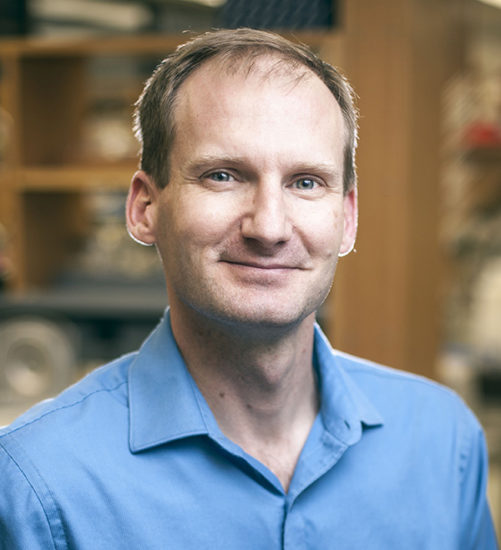 The Vanderbilt-Ingram Cancer Center has named David Cortez (Biochemistry) as its new associate director for basic science research. Cortez, who has been at Vanderbilt since 2002, will be replacing fellow biochemistry faculty member Scott Hiebert. The Vanderbilt-Ingram Cancer Center has named David Cortez (Biochemistry) as its new associate director for basic science research. Cortez, who has been at Vanderbilt since 2002, will be replacing fellow biochemistry faculty member Scott Hiebert.
New Warren Center announced

Thanks to a new gift from the William K. Warren Foundation, the Center for Neuroscience Drug Discovery, led by Craig Lindsley (Pharmacology) and Jeff Conn (Pharmacology), has been rebranded into the Warren Center for Neuroscience Drug Discovery.
Vanderbilt partners with ACADIA
 The Warren Center for Neuroscience Drug Discovery has entered into an exclusive, worldwide licensing and collaboration agreement with ACADIA Pharmaceuticals. The partnership is designed to develop and commercialize treatments for central nervous system disorders such as Alzheimer’s disease and schizophrenia. The Warren Center for Neuroscience Drug Discovery has entered into an exclusive, worldwide licensing and collaboration agreement with ACADIA Pharmaceuticals. The partnership is designed to develop and commercialize treatments for central nervous system disorders such as Alzheimer’s disease and schizophrenia.
VVC, AstraZeneca partner to fight against COVID-19
T he Vanderbilt Vaccine Center, led by James Crowe (Pediatrics), has entered into a partnership with AstraZeneca to advance two SARS-CoV-2-neutralizing antibodies they discovered into clinical development as a potential combination therapy for the prevention and treatment of COVID-19. he Vanderbilt Vaccine Center, led by James Crowe (Pediatrics), has entered into a partnership with AstraZeneca to advance two SARS-CoV-2-neutralizing antibodies they discovered into clinical development as a potential combination therapy for the prevention and treatment of COVID-19.
COVID-19 antibody therapy vs. vaccine
 Looking to start conversations and spread some COVID-19 #scicomm to those around you? Check out this handy guide and infographic that lays out the differences between antibody therapy and vaccines, courtesy of VI4. Looking to start conversations and spread some COVID-19 #scicomm to those around you? Check out this handy guide and infographic that lays out the differences between antibody therapy and vaccines, courtesy of VI4.
Trainees organize, aid COVID-19 effort
 Eric Skaar (PMI) lab members Clare Laut (Microbe-Host Interactions) and Andy Weiss, a graduate student and a postdoc, respectively, organized over 150 scientist volunteers from across Vanderbilt to support novel coronavirus diagnostic and research efforts on campus, and were recently featured by News4 Nashville. Eric Skaar (PMI) lab members Clare Laut (Microbe-Host Interactions) and Andy Weiss, a graduate student and a postdoc, respectively, organized over 150 scientist volunteers from across Vanderbilt to support novel coronavirus diagnostic and research efforts on campus, and were recently featured by News4 Nashville.
Connecting from afar

Social distancing shouldn’t mean social isolation! IGP/QCB students from across all years have been meeting regularly for some friendly trivia competition and virtual hang outs. Yoga, led by CPB student Abby Neininger, happens weekly. Interested in joining in? Email Beth Bowman.
People Behind the Science features Byndloss
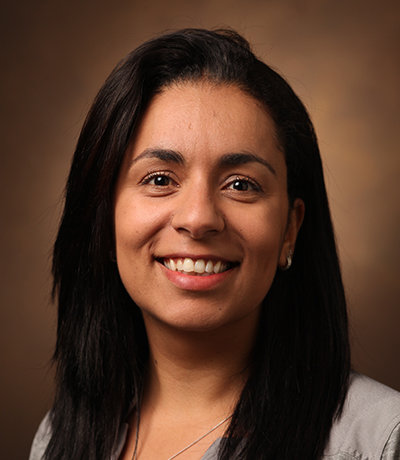 The People Behind the Science recently interviewed Mariana Byndloss (PMI) for an episode focusing on the gut microbiome and disease. Listen here! The People Behind the Science recently interviewed Mariana Byndloss (PMI) for an episode focusing on the gut microbiome and disease. Listen here!
FOCiS spotlights Rathmell
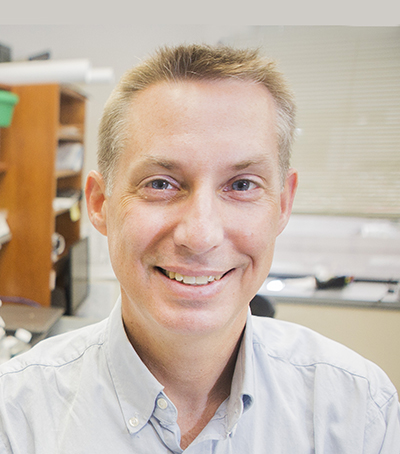 The Federation of Clinical Immunology Societies recently featured Jeff Rathmell (PMI) in an episode of their podcast. Listen or read the transcript of the interview here. The Federation of Clinical Immunology Societies recently featured Jeff Rathmell (PMI) in an episode of their podcast. Listen or read the transcript of the interview here.
New Discoveries
Using AI in the fight against COVID-19
 The laboratory of Jonathan Irish (CDB) has been using a technique called high-dimensional cytometry to study rhinovirus, using AI to parse through the data. Recently, they switched gears to study SARS-CoV-2, seeking to identify rare immune cells that target the virus. The laboratory of Jonathan Irish (CDB) has been using a technique called high-dimensional cytometry to study rhinovirus, using AI to parse through the data. Recently, they switched gears to study SARS-CoV-2, seeking to identify rare immune cells that target the virus.
Tuning in to the first virus-host interactions, innate immunity
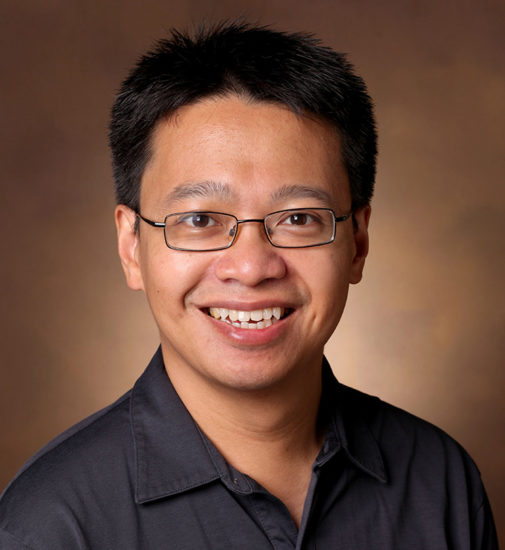 A recent paper from the lab of Manny Ascano (Biochemistry) describes a new method, VIR-CLASP, that can help researchers identify the primary interactions between incoming viral RNA genomes and host proteins. A second paper validates the use of RU.521 (a cGAS inhibitor) as a tool to assess the contribution of the cGAS-STING signaling axis in various immune responses. A recent paper from the lab of Manny Ascano (Biochemistry) describes a new method, VIR-CLASP, that can help researchers identify the primary interactions between incoming viral RNA genomes and host proteins. A second paper validates the use of RU.521 (a cGAS inhibitor) as a tool to assess the contribution of the cGAS-STING signaling axis in various immune responses.
Improved interpretation of high-dimensional data
 Single-cell RNAseq generates high-dimensional data, but techniques designed to help interpret them can dampen or exaggerate similarities between cells. The lab of Ken Lau (CDB) now reports an unbiased, quantitative framework for evaluating the preservation of single-cell data structure by various “dimensionality reduction” techniques. Single-cell RNAseq generates high-dimensional data, but techniques designed to help interpret them can dampen or exaggerate similarities between cells. The lab of Ken Lau (CDB) now reports an unbiased, quantitative framework for evaluating the preservation of single-cell data structure by various “dimensionality reduction” techniques.
Perchlorate inhibits iodide uptake
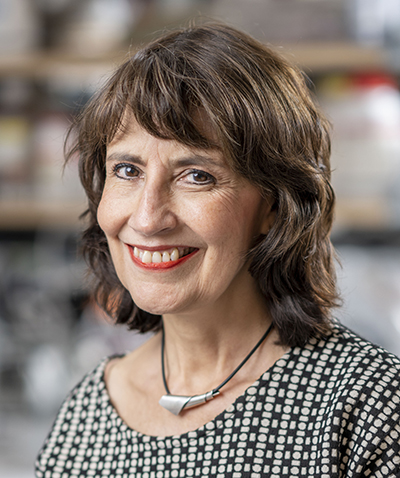 Nancy Carrasco’s (MPB) group recently published a paper describing how the environmental pollutant perchlorate, found in many sources of drinking water, decreases iodide transport and thyroid hormone production. Nancy Carrasco’s (MPB) group recently published a paper describing how the environmental pollutant perchlorate, found in many sources of drinking water, decreases iodide transport and thyroid hormone production.
Protecting abasic sites
 The lab of David Cortez had previously found evidence that the HMCES protein protects abasic sites in single-stranded DNA. Now, his lab has found direct evidence that HMCES responds to abasic sites in single-stranded DNA and that it shields the sites of damage to avoid mutations and maintain genome integrity. The lab of David Cortez had previously found evidence that the HMCES protein protects abasic sites in single-stranded DNA. Now, his lab has found direct evidence that HMCES responds to abasic sites in single-stranded DNA and that it shields the sites of damage to avoid mutations and maintain genome integrity.
Parsing WDR5’s moonlighting roles
 The lab of Bill Tansey (CDB) recently described protein synthesis as one of the central roles of WDR5, a known MYC cofactor. The lab of Bill Tansey (CDB) recently described protein synthesis as one of the central roles of WDR5, a known MYC cofactor.
NMDA receptors are an appealing therapeutic target
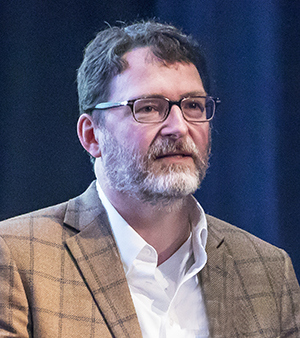 Work from the Danny Winder (MPB) lab, featured in May by the Journal of Neuroscience, supports a role for GluN2D-NMDA receptors in regulating emotional behavior through their influence on excitatory signaling in a region-specific manner, and suggests that these NMDARs may serve as a novel target for selectively modulating glutamate signaling in stress-responsive structures and cell populations. Work from the Danny Winder (MPB) lab, featured in May by the Journal of Neuroscience, supports a role for GluN2D-NMDA receptors in regulating emotional behavior through their influence on excitatory signaling in a region-specific manner, and suggests that these NMDARs may serve as a novel target for selectively modulating glutamate signaling in stress-responsive structures and cell populations.
Exosomes promote cell pathfinding behavior
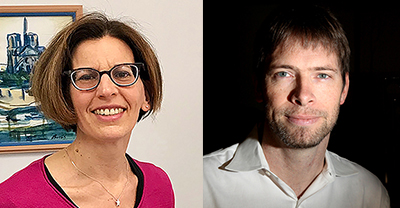 Recent work from the labs of Alissa Weaver (CDB) and Andries Zijlstra (PMI) describes a new way to visualize secreted exosomes in 3D culture and in vivo and reveals exosome-dependent pathfinding behavior in migrating cells. Recent work from the labs of Alissa Weaver (CDB) and Andries Zijlstra (PMI) describes a new way to visualize secreted exosomes in 3D culture and in vivo and reveals exosome-dependent pathfinding behavior in migrating cells.
First reported use of automated patch clamp electrophysiology
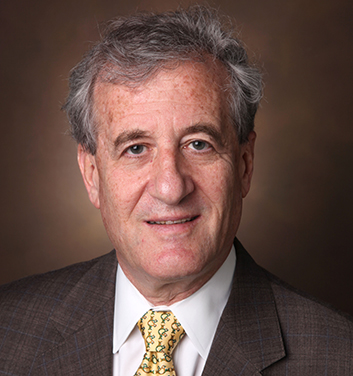 Dan Roden’s (Medicine) lab and VUMC colleagues have used a high-throughput, automated robotic patch clamp electrophysiology system to rapidly study and classify variations in a gene linked to heart rhythm disorders and cardiac conditions. Dan Roden’s (Medicine) lab and VUMC colleagues have used a high-throughput, automated robotic patch clamp electrophysiology system to rapidly study and classify variations in a gene linked to heart rhythm disorders and cardiac conditions.
Preventing CKD with beta-catenin
 The lab of Leslie Gewin (Medicine) recently activated beta-catenin in mouse proximal tubules and showed that it protected mice from kidney fibrosis and epithelial injury in two different models of acute kidney injury to chronic kidney disease progression, challenging previous studies that indicated that beta-catenin signaling promotes CKD. The lab of Leslie Gewin (Medicine) recently activated beta-catenin in mouse proximal tubules and showed that it protected mice from kidney fibrosis and epithelial injury in two different models of acute kidney injury to chronic kidney disease progression, challenging previous studies that indicated that beta-catenin signaling promotes CKD.
Two-component system keeps B. anthracis ahead; using blood as a shield
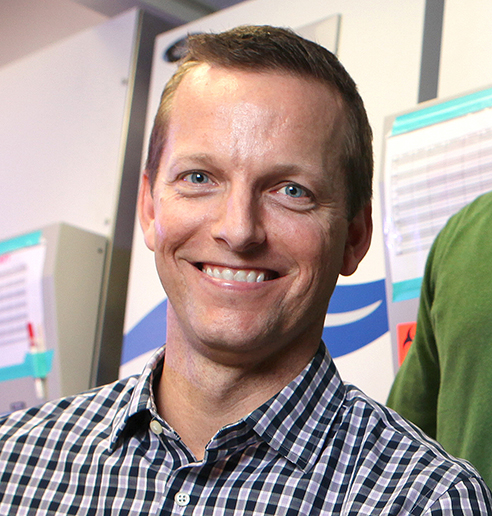 The bacterium Bacillus anthracis, infectious agent of anthrax, uses a two-component system to repair its envelope and maintain viability after treatment with targocil, the lab of Eric Skaar (PMI) reports. A second paper from the Skaar lab indicates that Clostridioides difficile uses a blood cell cofactor as a shield against our immune system. The bacterium Bacillus anthracis, infectious agent of anthrax, uses a two-component system to repair its envelope and maintain viability after treatment with targocil, the lab of Eric Skaar (PMI) reports. A second paper from the Skaar lab indicates that Clostridioides difficile uses a blood cell cofactor as a shield against our immune system.
Studying the heart post-COVID-19 death
 The laboratory of Meghan Kapp (PMI) is using imaging and diagnostic pathology to examine postmortem hearts donated by victims of COVID-19, looking for blood clots, vascular damage, and inflammation. The laboratory of Meghan Kapp (PMI) is using imaging and diagnostic pathology to examine postmortem hearts donated by victims of COVID-19, looking for blood clots, vascular damage, and inflammation.
| ![CAS - Basic Sciences - Internal E-Newsletter [Vanderbilt University]](https://cdn.vanderbilt.edu/vu-URL/wp-content/uploads/sites/119/2021/04/19142723/basically-speaking-banner-04-2021.jpg)

 House staff from the medical center organized a socially distant, peaceful
House staff from the medical center organized a socially distant, peaceful 
 Walter Chazin, professor of Biochemistry and director of the Center for Structural Biology, has been awarded the
Walter Chazin, professor of Biochemistry and director of the Center for Structural Biology, has been awarded the  This month, we’d like to give a shout out to the following trainees: Kimberly Thibeault (Neuroscience, lab of Erin Calipari), who received a fellowship from NIDA; Dalton Greenwood (MPI, lab of Jeff Rathmell), who earned a fellowship from NHLBI; and Sam Centanni (MPB, lab of Danny Winder), who was awarded a fellowship from NIAAA.
This month, we’d like to give a shout out to the following trainees: Kimberly Thibeault (Neuroscience, lab of Erin Calipari), who received a fellowship from NIDA; Dalton Greenwood (MPI, lab of Jeff Rathmell), who earned a fellowship from NHLBI; and Sam Centanni (MPB, lab of Danny Winder), who was awarded a fellowship from NIAAA. The Vanderbilt-Ingram Cancer Center has named David Cortez (Biochemistry) as its new associate director for basic science research. Cortez, who has been at Vanderbilt since 2002, will be replacing fellow biochemistry faculty member Scott Hiebert.
The Vanderbilt-Ingram Cancer Center has named David Cortez (Biochemistry) as its new associate director for basic science research. Cortez, who has been at Vanderbilt since 2002, will be replacing fellow biochemistry faculty member Scott Hiebert.
 The Warren Center for Neuroscience Drug Discovery has entered into an exclusive, worldwide
The Warren Center for Neuroscience Drug Discovery has entered into an exclusive, worldwide  he Vanderbilt Vaccine Center, led by James Crowe (Pediatrics), has entered into a
he Vanderbilt Vaccine Center, led by James Crowe (Pediatrics), has entered into a  Looking to start conversations and spread some COVID-19
Looking to start conversations and spread some COVID-19  Eric Skaar (PMI) lab members Clare Laut (Microbe-Host Interactions) and Andy Weiss, a graduate student and a postdoc, respectively, organized over 150 scientist volunteers from across Vanderbilt to support novel coronavirus diagnostic and research efforts on campus, and were recently
Eric Skaar (PMI) lab members Clare Laut (Microbe-Host Interactions) and Andy Weiss, a graduate student and a postdoc, respectively, organized over 150 scientist volunteers from across Vanderbilt to support novel coronavirus diagnostic and research efforts on campus, and were recently 
 The People Behind the Science recently interviewed Mariana Byndloss (PMI) for an episode focusing on the gut microbiome and disease. Listen
The People Behind the Science recently interviewed Mariana Byndloss (PMI) for an episode focusing on the gut microbiome and disease. Listen  The
The  The laboratory of Jonathan Irish (CDB) has been using a technique called high-dimensional cytometry to study rhinovirus, using AI to parse through the data. Recently, they switched gears to study SARS-CoV-2, seeking to identify
The laboratory of Jonathan Irish (CDB) has been using a technique called high-dimensional cytometry to study rhinovirus, using AI to parse through the data. Recently, they switched gears to study SARS-CoV-2, seeking to identify  A recent paper from the lab of Manny Ascano (Biochemistry) describes a new method,
A recent paper from the lab of Manny Ascano (Biochemistry) describes a new method,  Single-cell RNAseq generates high-dimensional data, but techniques designed to help interpret them can dampen or exaggerate similarities between cells. The lab of Ken Lau (CDB) now
Single-cell RNAseq generates high-dimensional data, but techniques designed to help interpret them can dampen or exaggerate similarities between cells. The lab of Ken Lau (CDB) now  Nancy Carrasco’s (MPB) group recently published a paper describing how the environmental pollutant perchlorate, found in many sources of drinking water,
Nancy Carrasco’s (MPB) group recently published a paper describing how the environmental pollutant perchlorate, found in many sources of drinking water,  The lab of Bill Tansey (CDB) recently described protein synthesis as one of the
The lab of Bill Tansey (CDB) recently described protein synthesis as one of the  Work from the Danny Winder (MPB) lab, featured in May by the
Work from the Danny Winder (MPB) lab, featured in May by the  Recent work from the labs of Alissa Weaver (CDB) and Andries Zijlstra (PMI) describes a new way to
Recent work from the labs of Alissa Weaver (CDB) and Andries Zijlstra (PMI) describes a new way to  Dan Roden’s (Medicine) lab and VUMC colleagues have used a high-throughput, automated robotic patch clamp electrophysiology system to rapidly
Dan Roden’s (Medicine) lab and VUMC colleagues have used a high-throughput, automated robotic patch clamp electrophysiology system to rapidly  The lab of Leslie Gewin (Medicine) recently activated beta-catenin in mouse proximal tubules and showed that it
The lab of Leslie Gewin (Medicine) recently activated beta-catenin in mouse proximal tubules and showed that it  The bacterium Bacillus anthracis, infectious agent of anthrax,
The bacterium Bacillus anthracis, infectious agent of anthrax,  The laboratory of Meghan Kapp (PMI) is using imaging and diagnostic pathology to
The laboratory of Meghan Kapp (PMI) is using imaging and diagnostic pathology to 

